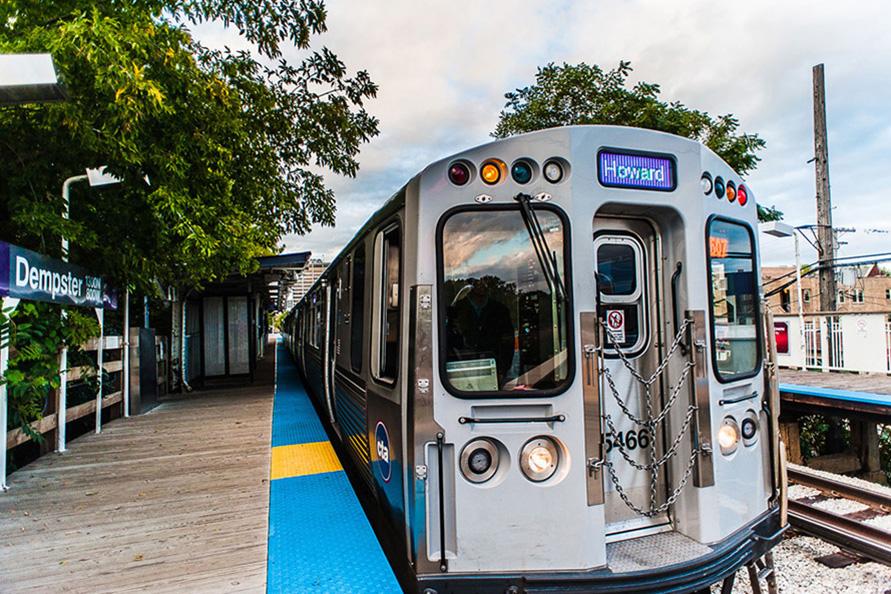CTA receives $1.1 billion federal grant for Red, Purple lines
The Chicago Transit Authority rolled out plans for a $1.1 billion Red and Purple Line Modernization project. The project is intended to decongest traffic near the Belmont station.
January 12, 2017
Commuters who ride the Evanston-servicing Red and Purple Lines will benefit from more than a billion dollars in federal grants to make the route more comfortable and accessible.
The Chicago Transit Authority announced it will receive $1.1 billion from the federal government for the Red and Purple Line Modernization project, one of the largest capital projects in CTA history.
The project aims to reduce overcrowding and frequent delays for one of the busiest lines in Chicago by adding elevators, overhauling about a mile of nearby track and supporting structures. A “flyover” will also be created for the northbound Brown Line where it intersects Red and Purple tracks near the Belmont Station to decongest traffic out of the station. The project will begin in 2018.
“This type of investment in transit is an investment in Chicago’s residents and neighborhoods, connecting them to jobs, education and more,” Mayor Rahm Emanuel said in a statement. “I want to commend everyone who worked throughout this process to make this project a reality.”
As the Obama administration winds down, Emanuel, Sen. Dick Durbin (D-Ill.) and the CTA worked on securing federal funds. The project will create an estimated 6,000 jobs in Chicago to replace aging infrastructure including tracks, structures and stations that are past their useful lifespan.
“This historic funding agreement for the Red and Purple Lines is great news for CTA customers, because we can now move forward with one of the biggest modernization projects in CTA history and follow through with our promise to reduce crowding and increase station accessibility,” CTA president Dorval R. Carter, Jr. said in a statement.
Kyle Whitehead, government relations director for Active Transportation Alliance, a nonprofit advocacy organization, said the modernization project is long overdue for not just North Siders, but the ripple effects of delays that affect the entire transit system throughout the Chicago area.
“Anybody who lives or works in those neighborhoods has the experience of watching several packed trains go by before they can get on board or having to pack themselves into a train that is over capacity,” Whitehead said. “When you see those types of delays happen, they aren’t just affecting riders on the North Side, they are affecting riders throughout the whole system.”
The project is also a major step to help meet Americans with Disabilities Act requirements, something the CTA has pledged to work on, Whitehead said. By adding elevators to stations throughout the Red and Purple Lines, the CTA will continue to work on meeting ADA requirements and accessibility for disabled riders.
To secure federal funding, the city had to contribute a local match. In November, City Council unanimously approved a transit TIF to provide $622 million in local matching funds. The rest of the money will come from the CTA.
Despite tax revenue used to fund the project, Whitehead said the improvements will end up benefiting the economy and bringing more money and commerce to Chicago.
“Evidence is clear in terms of the economic benefit of public transit investment,” Whitehead said. “It helps employment issues through getting people to and from jobs. It helps communities surrounding the line who are better connected to the rest of the city, so visitors and tourists from outside the city can come and spend money.”
Email: samkrevlin2019@u.northwestern.edu
Twitter: @samkrevlin



